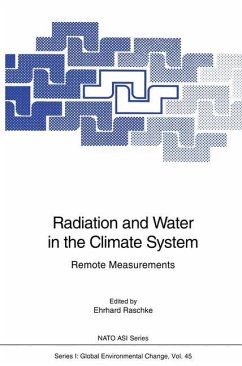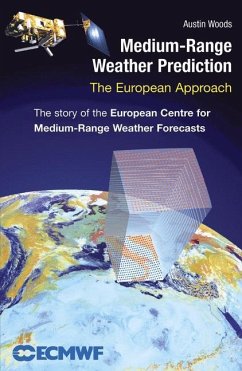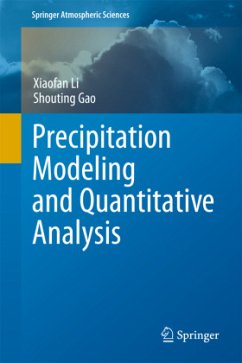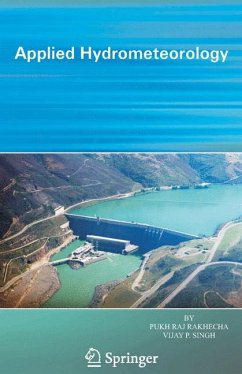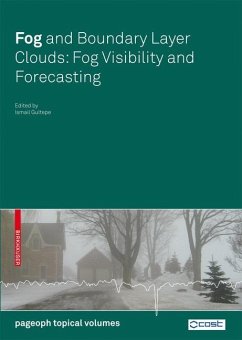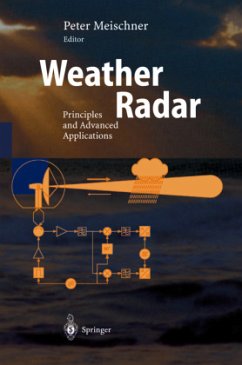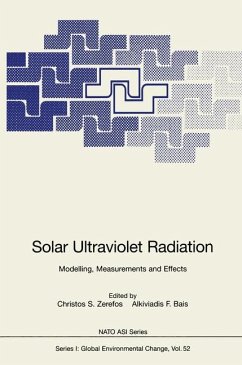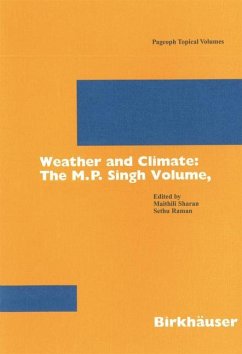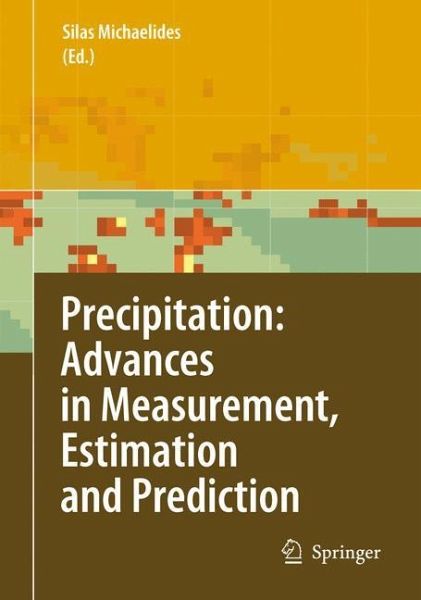
Precipitation: Advances in Measurement, Estimation and Prediction
Versandkostenfrei!
Versandfertig in 1-2 Wochen
213,99 €
inkl. MwSt.

PAYBACK Punkte
0 °P sammeln!
Water cycling and the future availability of fresh water resources are immense societal concerns that impact all nations on Earth as it affects virtually every environmental issue. Precipitation is also a fundamental component of the weather/climate system for it regulates the global energy and radiation balance through coupling to clouds, water vapor, global winds and atmospheric transport. Accurate and comprehensive information on precipitation is essential for understanding the global water/energy cycle and for a wide range of research and applications with practical benefits to society. Ho...
Water cycling and the future availability of fresh water resources are immense societal concerns that impact all nations on Earth as it affects virtually every environmental issue. Precipitation is also a fundamental component of the weather/climate system for it regulates the global energy and radiation balance through coupling to clouds, water vapor, global winds and atmospheric transport. Accurate and comprehensive information on precipitation is essential for understanding the global water/energy cycle and for a wide range of research and applications with practical benefits to society. However, rainfall is difficult to measure because precipitation systems tend to be random in character and also evolve and dissipate very rapidly. It is not uncommon to see a wide range of rain amounts over a small area; and in any given area, the amount of rain can vary significantly over a short time span. These factors together make precipitation difficult to quantify, yet measurements at such local scales are needed for many hydrometeorological applications such as flood and landslide forecasting. Historical, multi-decadal measurements of precipitation from surface-based rain gauges are available over continents, but oceans remained largely unobserved prior to the beginning of the satellite era. Early visible and infrared satellites provided information on cloud tops and their horizontal extent; however, wide-band microwave frequencies proved extremely useful for probing into the precipitating liquid and ice layers of clouds.





